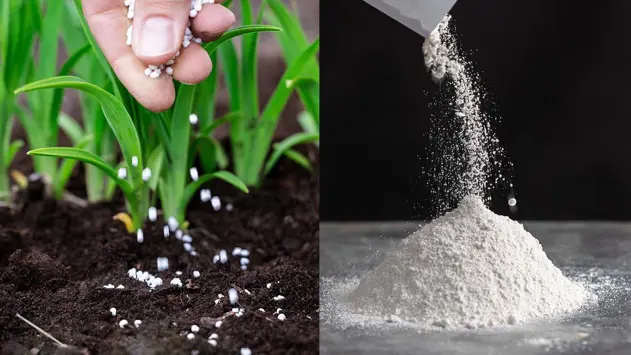
ASH2™PHOS
EasyMinings´ Ash2Phos technology extracts phosphorus and other resources from sewage sludge ash.
Phosphorus, one of the key nutrients in mineral fertiliser, is crucial for agriculture to be able to produce enough food. Today, Europe is highly dependent on phosphorus mined in a few other countries. This leads to large climate emissions, creates great supply risk, and makes the EU vulnerable to wild price fluctuations.
This is why we have developed Ash2Phos, a circular solution for recovering phosphorus from the sewage sludge ash, a reliably produced, renewable mineral concentrate produced in the course of wastewater treatment.
World's first Ash2Phos plant
EasyMining is in the process of setting up a full-scale plant for recovering phosphorus in Germany, together with the utility company Gelsenwasser. The plant will be built in Schkopau and have a capacity of 30 000 ton ash from incinerated sewage sludge per year.


